In the Netherlands, more and more Mac devices are appearing in the workplace. Belgium is at the beginning of a growth period. Is a Mac a good idea and how do you manage it? MadMacX helps us get started.
The tone for our conversation with MadMacX was quickly set when Teams didn’t want to start up right away. “Windows for sure?”, laughs Michael Brosens. Along with Daniel Mies, they join us at the virtual table. Mies and Brosens are managing partners at MadMacX, part of The Cronos Group.
We immediately realize that it is difficult to get a ready-made answer to the question in the title. Brosens was raised with Mac and Mies has been converted for ten years. “Once you go Mac, you never go back.” Both gentlemen were just short of addressing me in turtlenecks.
Every business to Mac? Their answer is a resounding yes. The question of whether Apple belongs in the workplace is outdated. It is simply a reality in most companies.
Jetsons and Flintstones
Brosens begins with a quote from Fletcher Previn when he was CIO of IBM in 2018 (these days he holds that position for Cisco, nvdr): “We are the Jetsons (Apple) at home, but the Flintstones (Windows) at work. That quote still applies today, although that is changing.” Brosens is referring to the Gen Z generation making its way into the workplace.
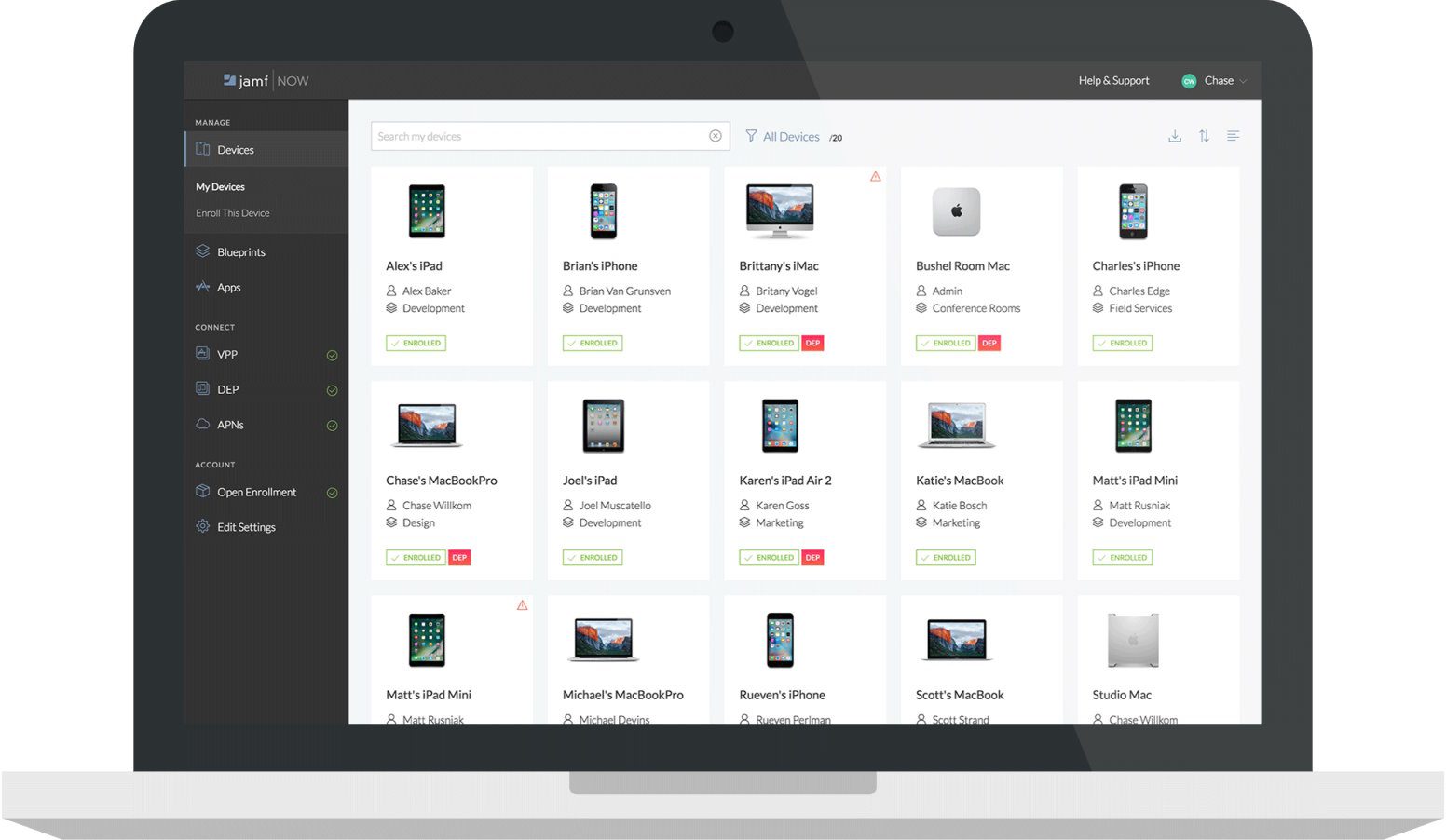
“They don’t accept this anymore. Gen X folds for the boss, Gen Z does not. A company that wants to get the Gen Z generation on board has to adapt.” If someone grew up with a Mac or Apple devices were the reference during their college years, they want to continue that line. Apple has focused its product development on user experience from the beginning. The new generation of professionals mostly sees that ease of use as the norm.
Organizations that have a Windows environment and are unwilling to accept Mac as an alternative are losing the War for Talent, according to Brosens. “MadMacX defends the idea that an Apple introduction can be completely uncompromising. And that it even turns out to be more efficient and cheaper. It’s not difficult, but the IT team is often the bottle neck.”
Latent situation
“Apple devices in companies represent a latent situation. They are already there and the need is sometimes higher than recognized.” Mies refers to the wide range of Mac devices and how performant they are today. “Where a small music studio used to have to invest thousands of dollars in a top-of-the-line device, today a MacBook Air is enough. Hardware has evolved incredibly fast since Apple made its own chips. Given the meteoric evolution of A.I., companies are also looking for workstations that are more powerful. With its M-series chips, Apple is giving a solid nod to that increased performance.”
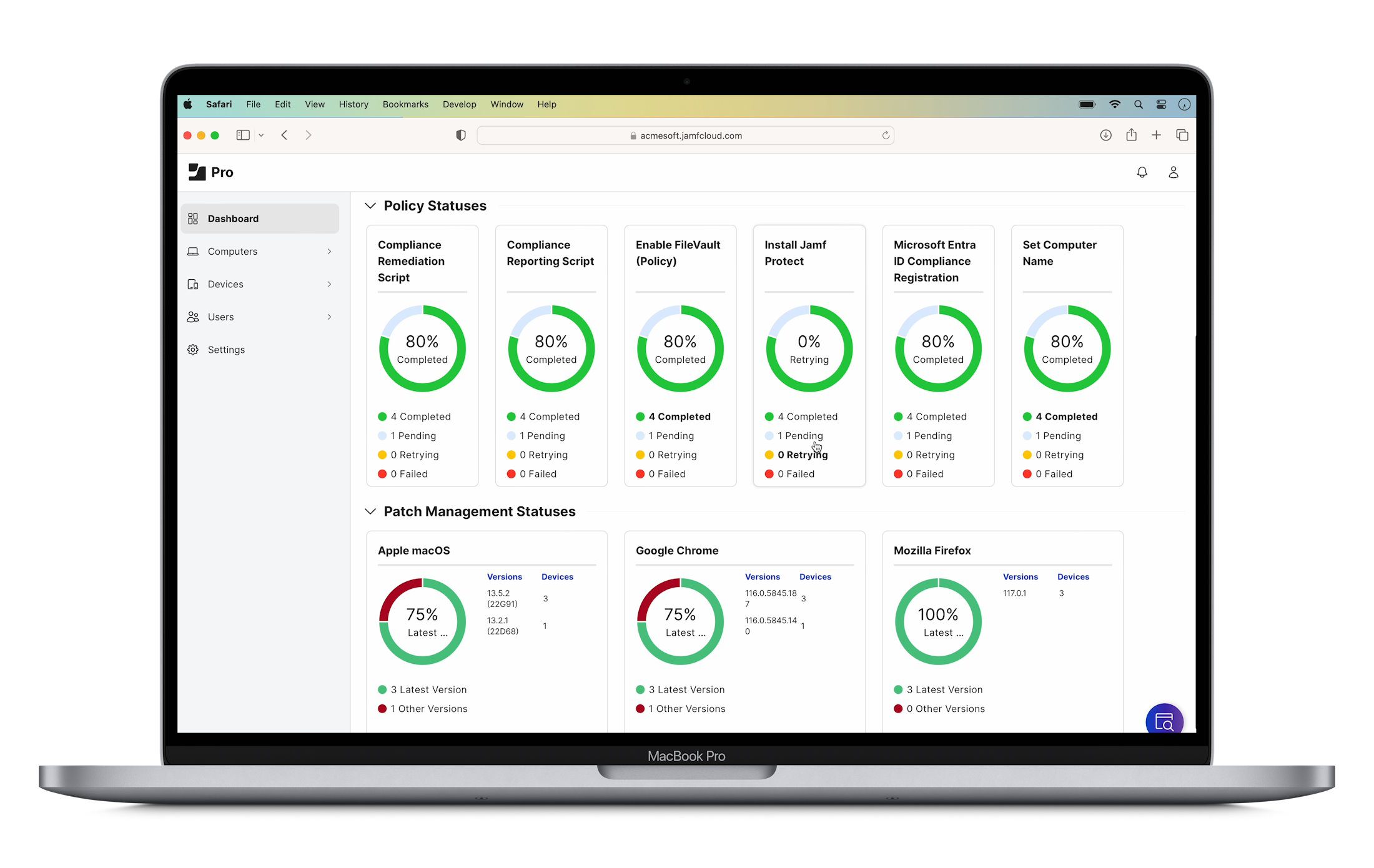
But the devices are not cheap. So is price a relevant argument for leaving Mac aside for a while? “No, on the contrary,” argues Mies. “A Mac requires less support, there is less downtime, the devices run more efficiently and in the end the devices have a higher residual value. The Total Cost of Ownership (TCO) after three years is even a lot lower than for Windows devices with similar specs.”
Brosens does stress, however, that the Mac story should not be exclusive. “Organizations that switch 100 percent to Mac are still rare. IBM, Cisco and SAP are great examples. We see Apple making headlines there in many more customer facing departments. Not just in the classics like marketing or graphics.”
Need for reporting
Mies hopes we can also break through that traditional wall of creative professionals in Belgium. That segment wants Mac and often gets it, but they sometimes look no further. Apple doesn’t share concrete figures around their market share, but Brosens does give us a hint.
“In Belgium, Apple’s share in an enterprise environment is quite small. We often hear figures around six to ten percent. If we look at the Netherlands, there we are already heading toward forty percent.”
He sees that Apple has found its place and is growing in the enterprise segment. It is the medium to large enterprises that treat Apple stepmotherly. “However, something has to change. CSRD, NIS2, ISO27001, such standards force more reporting. You can’t keep ignoring the reporting needs of those Mac devices. And don’t forget that those guidelines stem from a demand for more digital data security and privacy.”
Jamf as an engine
According to Mies, managing Apple devices within companies is the most important step to take, better known as Mobile Device Management or MDM. “Many don’t know this, but Apple was doing this much earlier than Microsoft. With Apple, for example, you can send a closed box to an employee and have it automatically enrolled for a decade or more.”
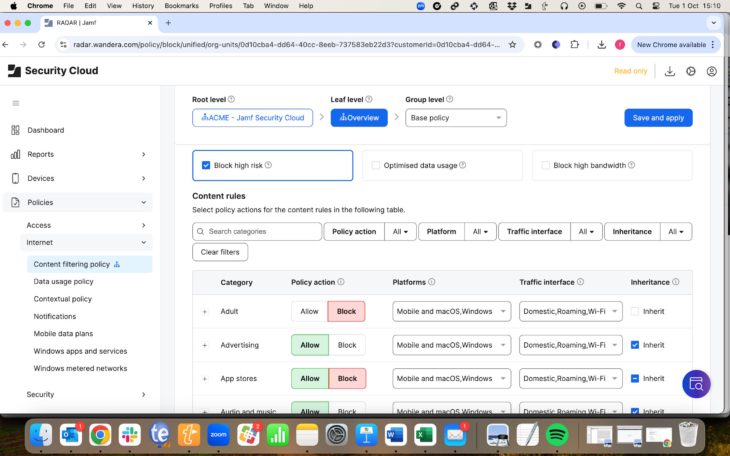
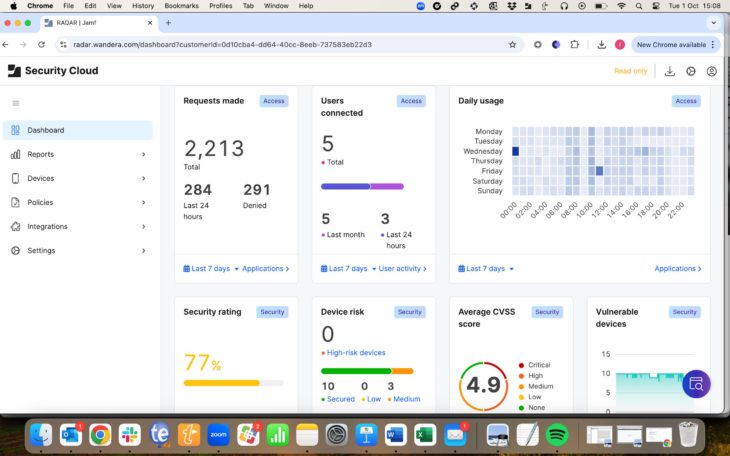
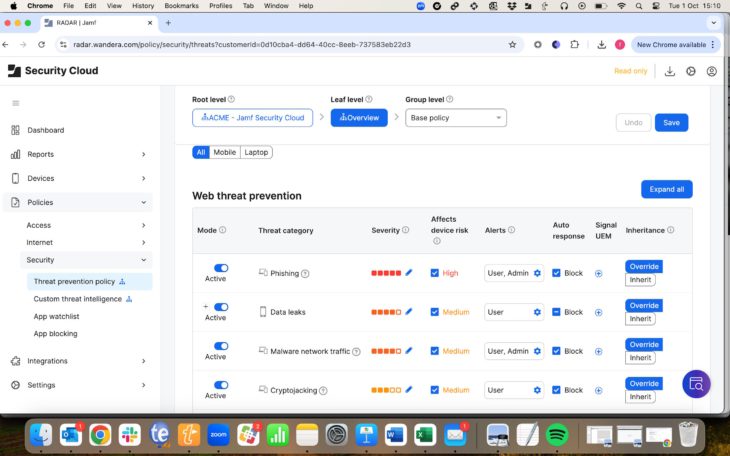
MadMacX primarily embraces Jamf as its MDM platform, which they say is the reference for managing Mac devices. We think it should be, because too many organizations don’t yet bolt a Mac like a Windows PC. “That brings risks. A lot of C-levels work with Mac, which are increasingly becoming prey to phishing. Apple is also susceptible to malware today.”
Jamf is the reference for Mies, but you can also plug a Mac into another MDM. Even Microsoft InTune supports Mac today. And that says a lot about Apple’s growth in business.
“With us it can be done in two ways: either in tandem with an IT team, or we do all the management ourselves. Especially with smaller companies, the latter is often chosen. Supplemented by renting or leasing formulas, you design a sharp device-lifecycle approach. MadMacX facilitates that whole customization process.”
Mac as a foolproof solution
Gen Z knocking on the table, MDM, relative cost, you can see the twinkle in Mies and Brosens’ eyes when they give their account. “Also remember that you need a much smaller IT team to manage a park of Apple devices. The Apple launches at SAP and Cisco have been meticulously measured. It shows that with seven engineers you can manage up to 200,000 Macs. For the same number of Windows devices, you’re easily looking at 20 engineers. Mac is more foolproof for the user and ‘easier to manage’ for the IT team.”
You need a much smaller IT team to manage a park of Apple devices.
Michael Brosens and Daniel Mies, managing partners at MadMacX, part of The Cronos Group
With a standard lead time of three years, you continue to have the latest technology, which is no small thing in the lightning-fast evolution around artificial intelligence and new features within macOS. Because of the high residual value on that short period, it costs organizations less than they think.
“Our MadMacX mission is to convince IT managers of both the possibilities and the benefits. They mainly work with Windows and are not sufficiently familiar with Mac. But they too may see the need to broaden their workplace offerings. IBM, SAP and Cisco have shown that it can be done and that it works.”
This is an editorial in collaboration with MadMacX. For more information on Apple in the business segment, please visit here.
